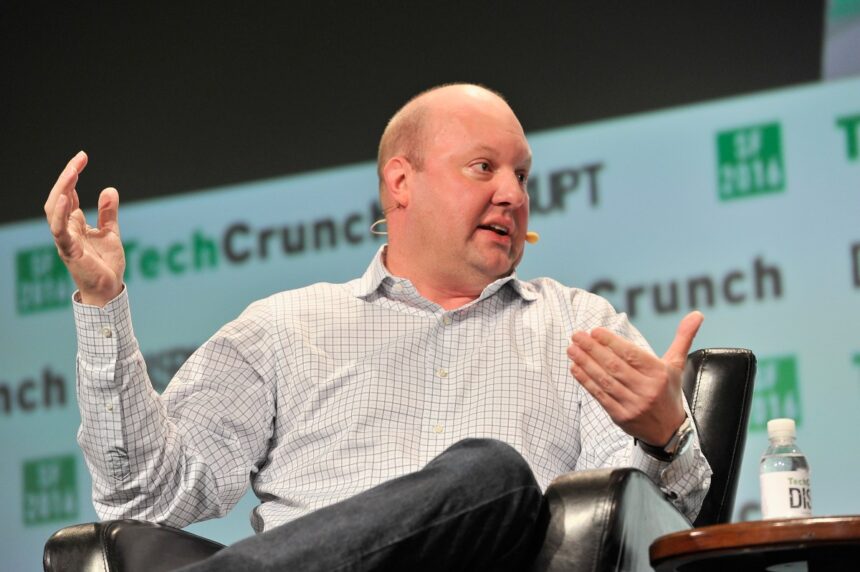Andreessen Horowitz has a massive cluster of Nvidia H100 GPUs to help its portfolio of AI startups meet their compute needs, the venture capital firm confirmed for the first time on Wednesday. The program, called “Oxygen”, allows their portfolio companies to train or operate their AI models without negotiating market rates.
A16Z’s Oxygen cluster gives startups some breathing room, so to speak, to compete against larger tech companies – such as Google, Meta, and Microsoft – in building large AI models. For the past several years, those companies have been engaged in a bidding war for GPUs, especially the AI industry-standard H100s, often winning deals by promising larger and longer contracts. That leaves a lot of AI startups out to dry, since they may not be able to take on the big contracts necessary to secure GPUs, whereas the OpenAIs and Anthropics of the world can.
“This started from a realization that a number of the AI founders we serve every day had a common problem: We were in the middle of a supply crunch, where Nvidia H100 capacity was in short supply,” said A16Z partner Anjney Midha, who helped create the Oxygen program, in a podcast transcript shared with TechCrunch. “As startups, they were being deprioritized by the large clouds in favor of larger customers, which was really tough for them.”
The infrastructure is also a good way for A16Z to attract new startups. Companies building AI models often need unfettered access to massive compute clusters for short training runs, but then, don’t need them once the models are trained. Inferencing AI models typically requires less compute than training, unless of course, usage of an AI model explodes. A16Z’s Oxygen cluster offers startups flexibility, giving access to GPUs when they need it, without a long-term commitment to a cloud provider or huge cash outlay. Instead, they give A16Z a stake in their business, in exchange for (among other things) low prices to rent GPUs.
But A16Z aren’t the only investors promising startups founders GPUs, on top of financial capital and guidance, for stakes in their companies. Investing partners Nat Friedman and Daniel Gross offer their startups access to a 4,000 GPU cluster dubbed the Andromeda Cluster, according to Forbes. Y Combinator also offers startups a cluster of GPUs for training runs through partnerships with various cloud providers, most recently, Google Cloud.
An Andreessen Horowitz spokesperson declined to comment on how large the Oxygen cluster is, however, A16Z may have the largest GPU war chest of any venture firm. The Information reported in July that Oxygen could contain more than 20,000 GPUs.
At one point in the podcast, Midha says the Oxygen cluster can relieve pressure on AI startups to fundraise at overpriced valuations in order to pay their compute bills. That’s another way Oxygen benefits A16Z. Instead of investing more in a startup so it can buy GPUs from say, Microsoft, A16Z can offer the GPUs themselves and invest at a lower price.
A16Z views Oxygen as a core value proposition to its startups moving forward, as long as the AI boom continues as projected. That’s likely why the startup made the massive investment required to secure these chips.






